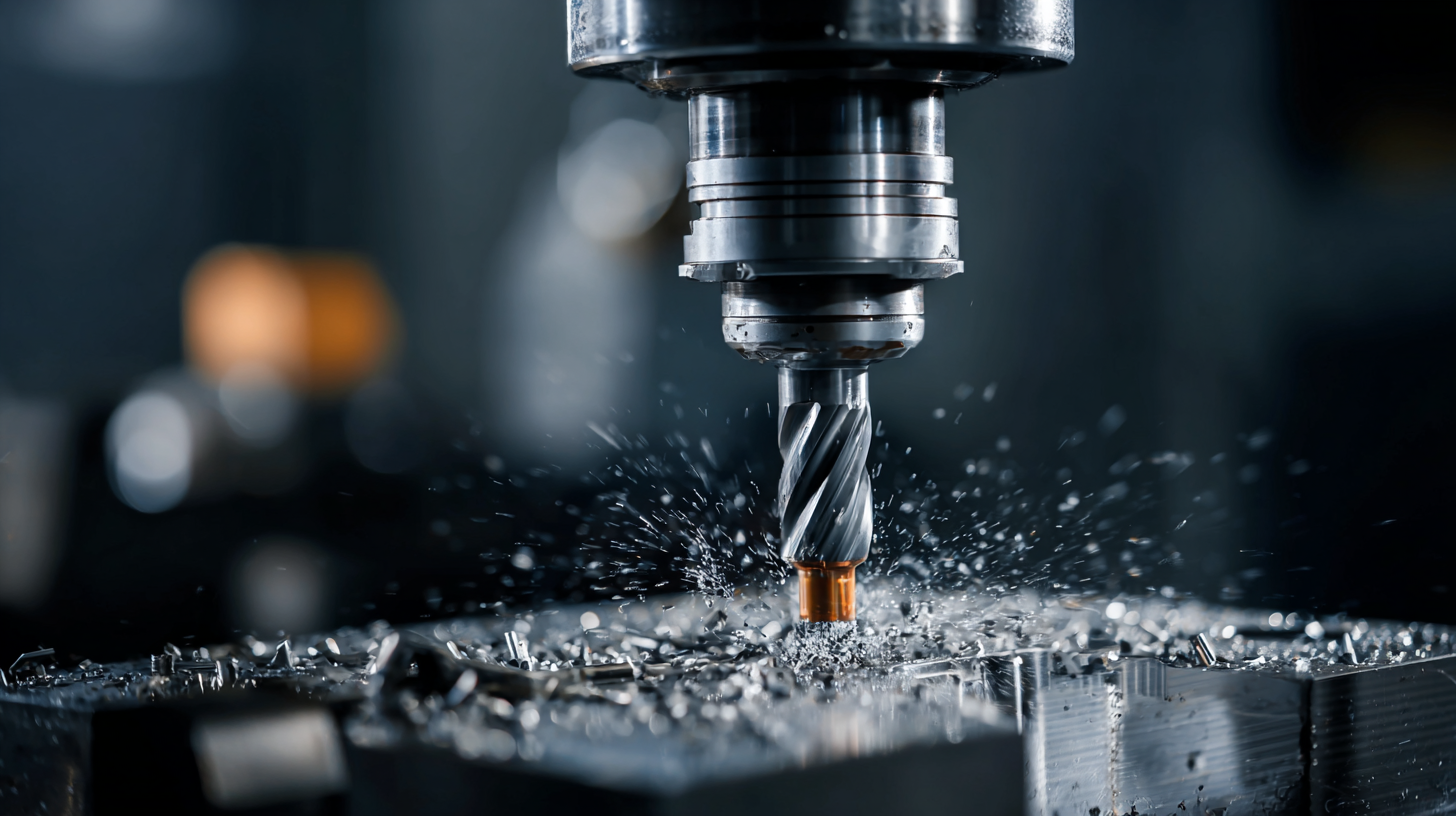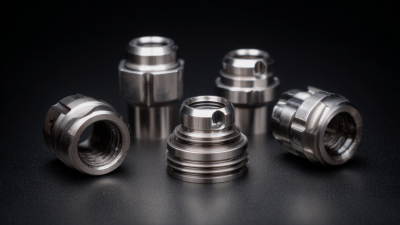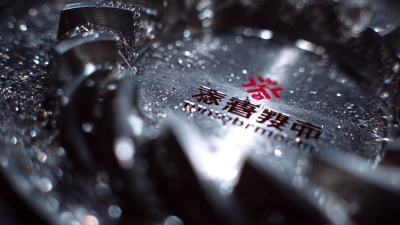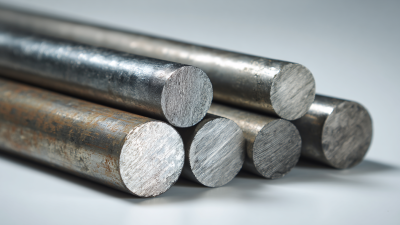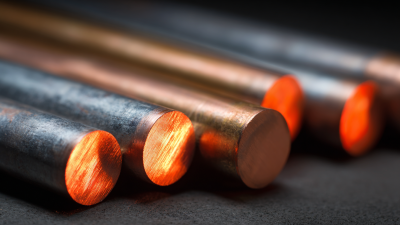Leave your message now to get your free sample and discount price
Leave your message now to get your free sample and discount price
In the ever-evolving landscape of modern manufacturing, the demand for precision and durability has led to the widespread adoption of
Cemented Carbide Tools. These advanced cutting tools, composed of tungsten carbide and cobalt, have become indispensable in industries such as
automotive, aerospace, and metalworking, where tolerances are critical.
According to a recent report by Technavio, the global Cemented Carbide Tools market is projected to grow at a CAGR of 5.3% from 2022 to 2026, underscoring their significance in enhancing productivity and efficiency.
Cemented Carbide Tools are renowned not only for their exceptional hardness and wear resistance but also for their ability to maintain sharp edges over extended usage, making them a preferred choice for manufacturers seeking to reduce costs and improve output quality.
As industries continue to prioritize high-performance materials, the benefits of Cemented Carbide Tools are more relevant than ever, solidifying their role as a key player in advanced manufacturing processes.
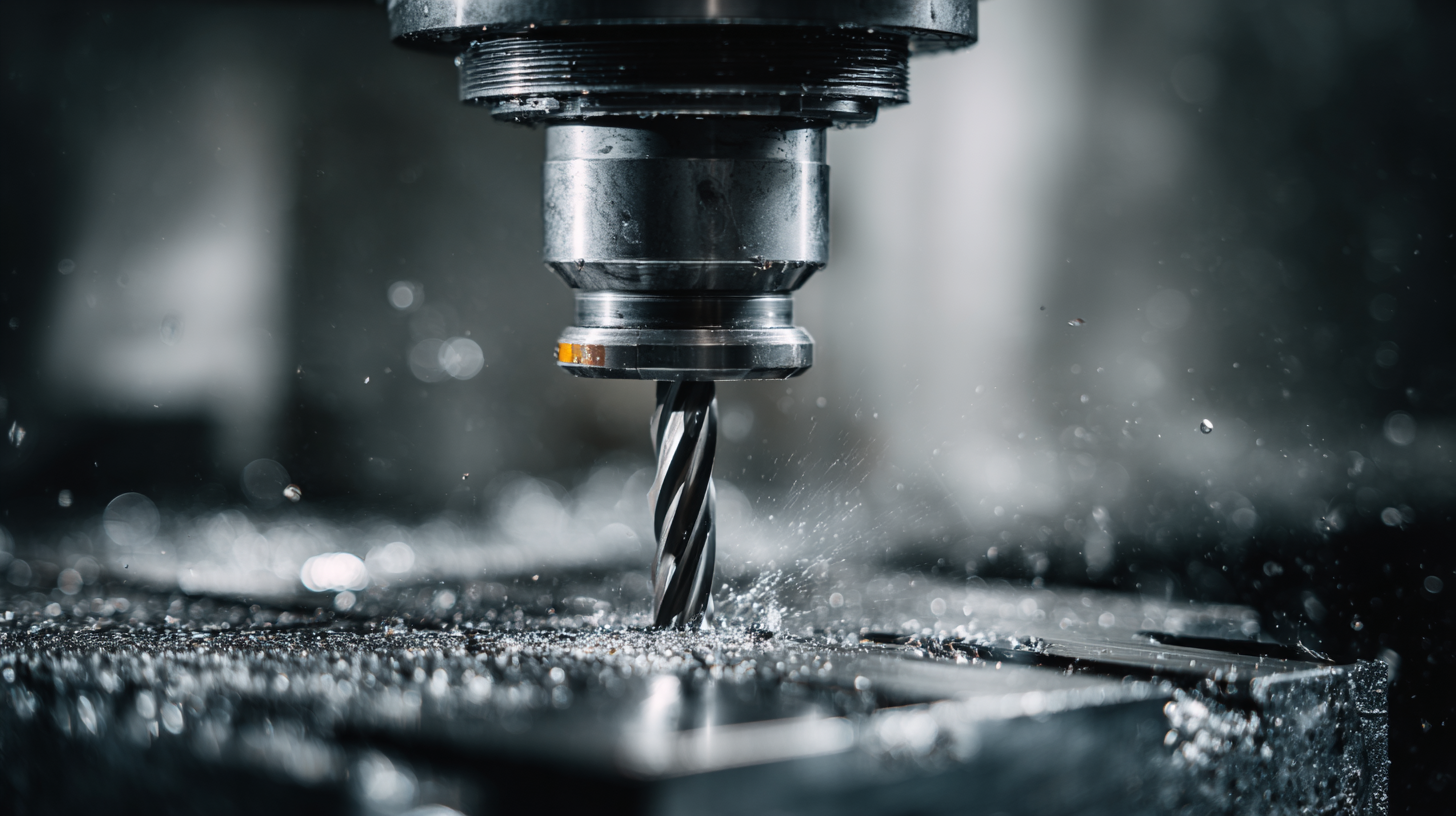
Cemented carbide tools have emerged as indispensable assets in precision engineering applications, offering unparalleled benefits that elevate manufacturing efficiency. One of the primary advantages of these tools is their exceptional hardness, which enables them to maintain sharp cutting edges even under extreme conditions. This enduring sharpness results in improved accuracy and reduced tolerance levels, essential for creating high-quality components in fields such as aerospace, automotive, and electronics.
For manufacturers looking to maximize their use of cemented carbide tools, here are some tips: First, ensure proper tool selection based on the material being machined. Different carbide compositions are optimized for various applications, so matching the tool to the job can significantly enhance performance. Additionally, maintaining appropriate cooling during machining processes can prolong tool life and maintain integrity, ensuring consistent precision throughout production runs.
Moreover, the wear resistance of cemented carbide tools means they require less frequent replacements, leading to lower downtime and operational costs. By implementing regular inspection and maintenance routines, manufacturers can identify issues early and keep their tools performing at optimum levels. This proactive approach will not only extend the life of the tools but also improve overall productivity in precision engineering applications.
This chart represents the key benefits of cemented carbide tools in precision engineering applications. Each benefit is rated on an impact level from 1 to 10, showcasing their significance in modern manufacturing processes.
Cemented carbide tools have become a game-changer in modern manufacturing, particularly due to their cost efficiency compared to traditional materials. While the initial investment may be higher, the long-term savings are substantial. These tools exhibit superior hardness and wear resistance, resulting in extended tool life and reduced need for frequent replacements. This translates into lower production downtime and minimal disruptions, ultimately maximizing productivity.
Tip: When considering the switch to cemented carbide tools, assess your production volume and frequency of tool replacement. If you have high usage rates, the investment will quickly pay off as you spend less time and money on maintenance and replacements.
Moreover, cemented carbide tools offer enhanced machine performance through improved cutting speeds and feed rates. This efficiency means that not only do manufacturers save on material costs, but they also gain the capacity to increase output. As manufacturers strive to keep costs manageable and efficiency high, cemented carbide tools stand out as a preferred choice that bridges both precision engineering and economical production.
Tip: Evaluate the specific operations in which you plan to use these tools. For particular materials or applications, the right type of cemented carbide can lead to even greater savings and performance enhancements, tailoring your manufacturing process to achieve optimal results.
| Benefit | Description | Cost Savings (%) | Durability (Hours) | Precision (μm) |
|---|---|---|---|---|
| Increased Wear Resistance | Cemented carbide tools resist wear better than high-speed steel tools. | 20% | 100 | 5 |
| High Cutting Speeds | Higher cutting speeds enhance productivity with reduced cycle times. | 25% | 120 | 3 |
| Improved Surface Finish | Better tool stability contributes to superior surface quality in machined parts. | 15% | 100 | 2 |
| Cost Efficiency | Lower total cost of ownership due to longer tool life and reduced downtime. | 30% | 150 | 4 |
| Versatility | Can be used in various applications, including cutting, shaping, and drilling. | 10% | 80 | 6 |
| Thermal Stability | Maintains performance at elevated temperatures, reducing thermal deformation. | 20% | 200 | 3 |
| Enhanced Edge Retention | Longer-lasting sharpness extends the intervals between regrinding. | 28% | 175 | 2 |
Cemented carbide tools have revolutionized modern manufacturing by significantly improving tool life and extending maintenance intervals. These tools, primarily composed of tungsten carbide particles bonded together with a metal binder, exhibit remarkable hardness and wear resistance. As a result, they are capable of withstanding high cutting speeds and extreme temperatures, which not only enhances their lifespan but also reduces the frequency of tool changes. This longevity translates to less downtime, allowing manufacturers to optimize productivity and maintain efficiency in their operations.
Moreover, the durability of cemented carbide tools leads to lower maintenance requirements. With longer tool life, manufacturers experience fewer interruptions for sharpening or replacement, thereby streamlining the workflow. The consistent performance of these tools ensures that parts can be produced with a higher degree of precision over extended periods. Consequently, companies can achieve tighter tolerances and improved surface finishes, further enhancing the overall quality of the final products. The impact of cemented carbide tools on tool life and maintenance intervals is a key factor in driving innovation in manufacturing processes.
The advancements in manufacturing technology owe much to the integration of cemented carbide tools, which have become indispensable in enhancing operational efficiency and product precision. Data from the International Journal of Advanced Manufacturing Technology indicates that tools made from cemented carbide can withstand extreme wear, achieving up to 10 times the tool life compared to conventional steel tools. This durability not only reduces downtime for tool replacement but also minimizes waste, contributing to more sustainable manufacturing practices.
Incorporating cemented carbide tools into production lines enables manufacturers to achieve tighter tolerances and superior surface finishes. A report by Market Research Future suggests that the global market for carbide tools is expected to reach $10 billion by 2025, further underlining their pivotal role in modern manufacturing. As these tools advance with technologies like PVD coating and advanced grinding techniques, they are consistently elevating productivity standards across industries.
Tips: When selecting cemented carbide tools, consider the specific application requirements, such as material type and machining conditions. Additionally, keeping tools properly maintained will maximize their longevity and performance. Regularly review your current tooling options to stay updated on the latest advancements that could further refine your manufacturing processes.
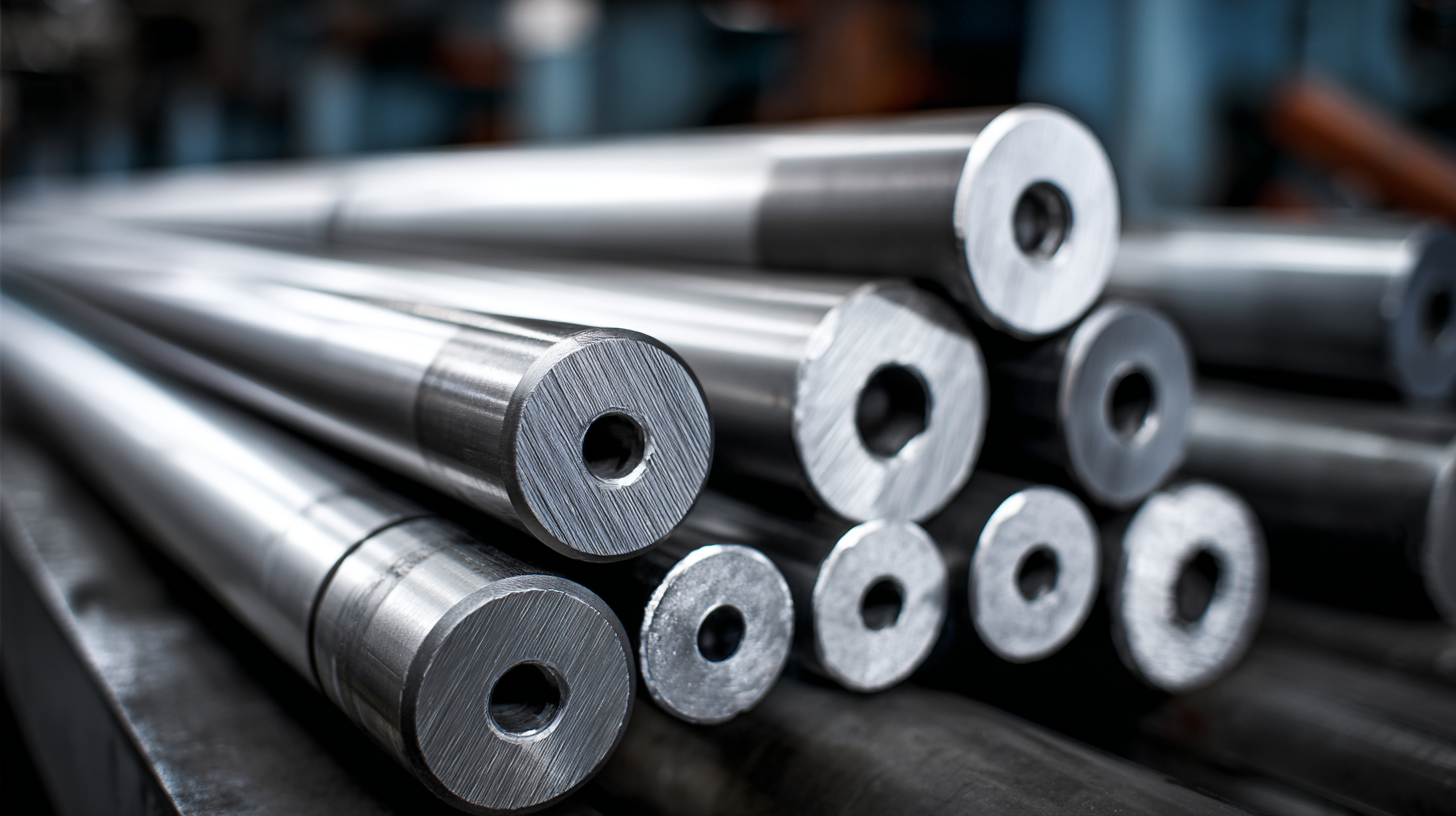
Cemented carbide tools are not only renowned for their superior precision and durability but also for their potential in promoting sustainability within the manufacturing sector. The production of these tools typically involves recycling tungsten and cobalt, two critical materials that significantly reduce environmental impact. By reusing existing resources, manufacturers can minimize the extraction processes that often lead to ecological degradation. This practice aligns with the broader industry trend towards circular economy principles, where waste is minimized, and recyclable materials are prioritized.
Moreover, the longevity of cemented carbide tools contributes to sustainability efforts by decreasing the frequency of tool replacement. These tools can withstand extreme conditions, which means they maintain efficiency for longer periods compared to conventional materials. As a result, manufacturers can reduce their overall consumption of raw materials while simultaneously lowering production waste. Investments in advanced production techniques also ensure that the energy footprint of cemented carbide tooling is decreasing, further enhancing their role in environmentally conscious manufacturing practices.
